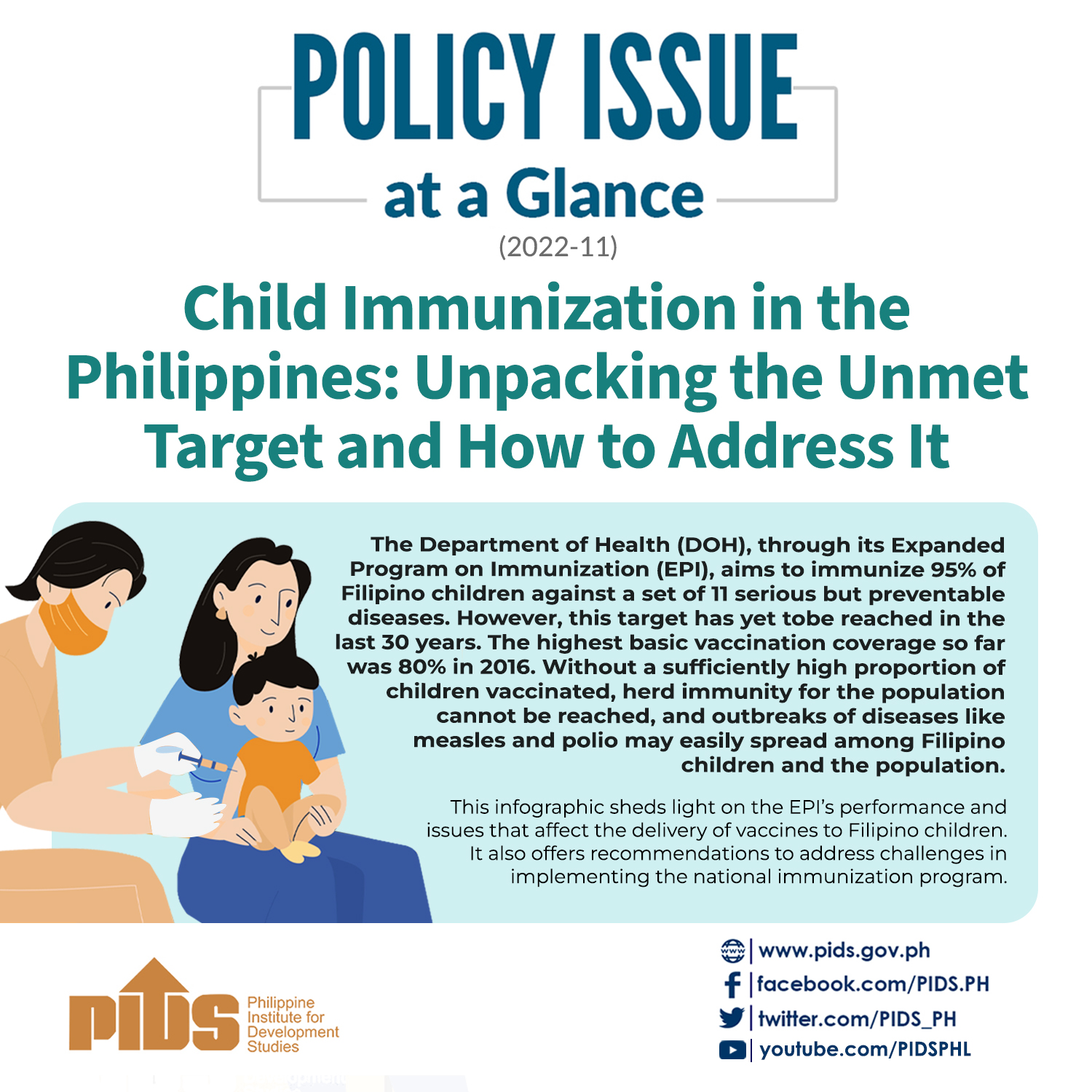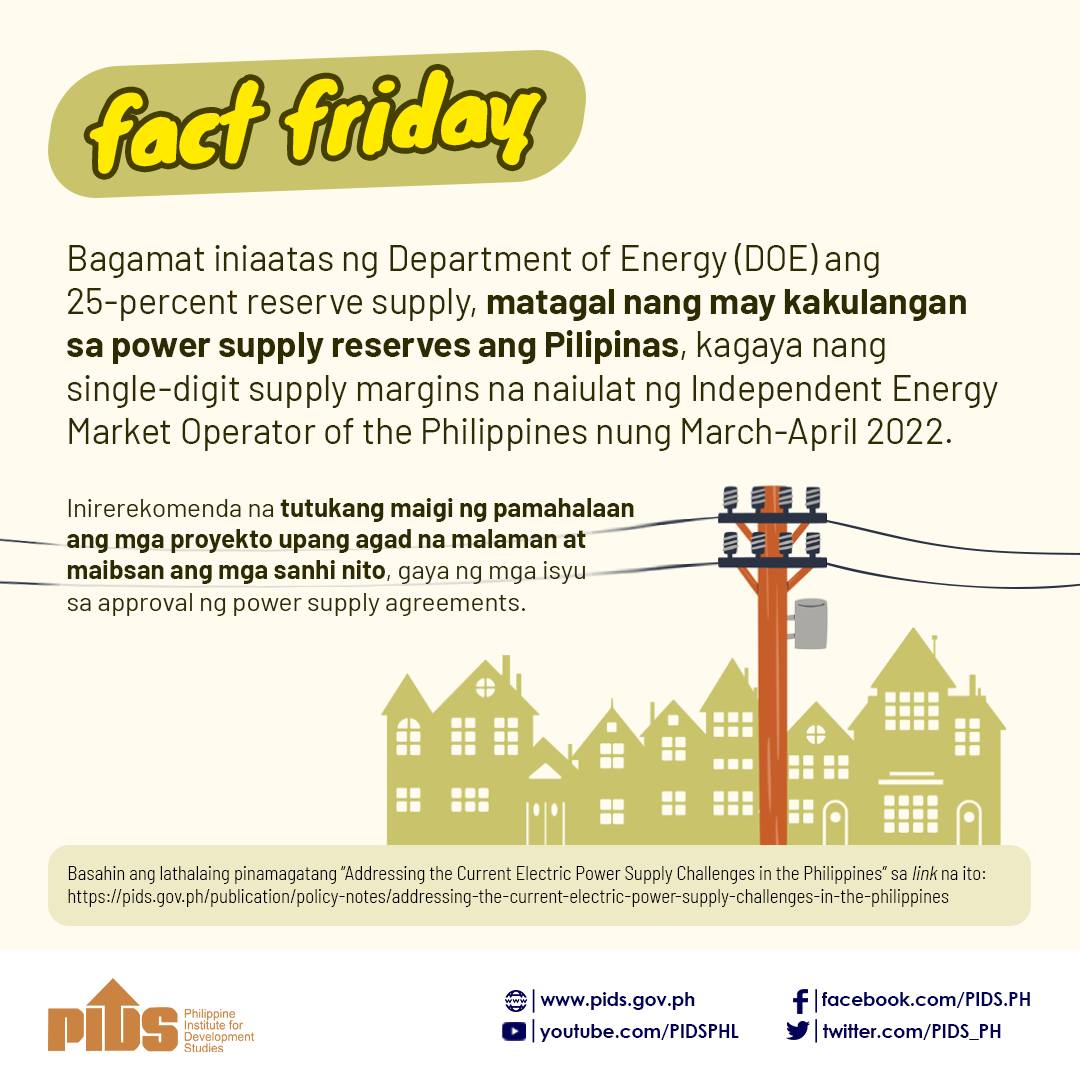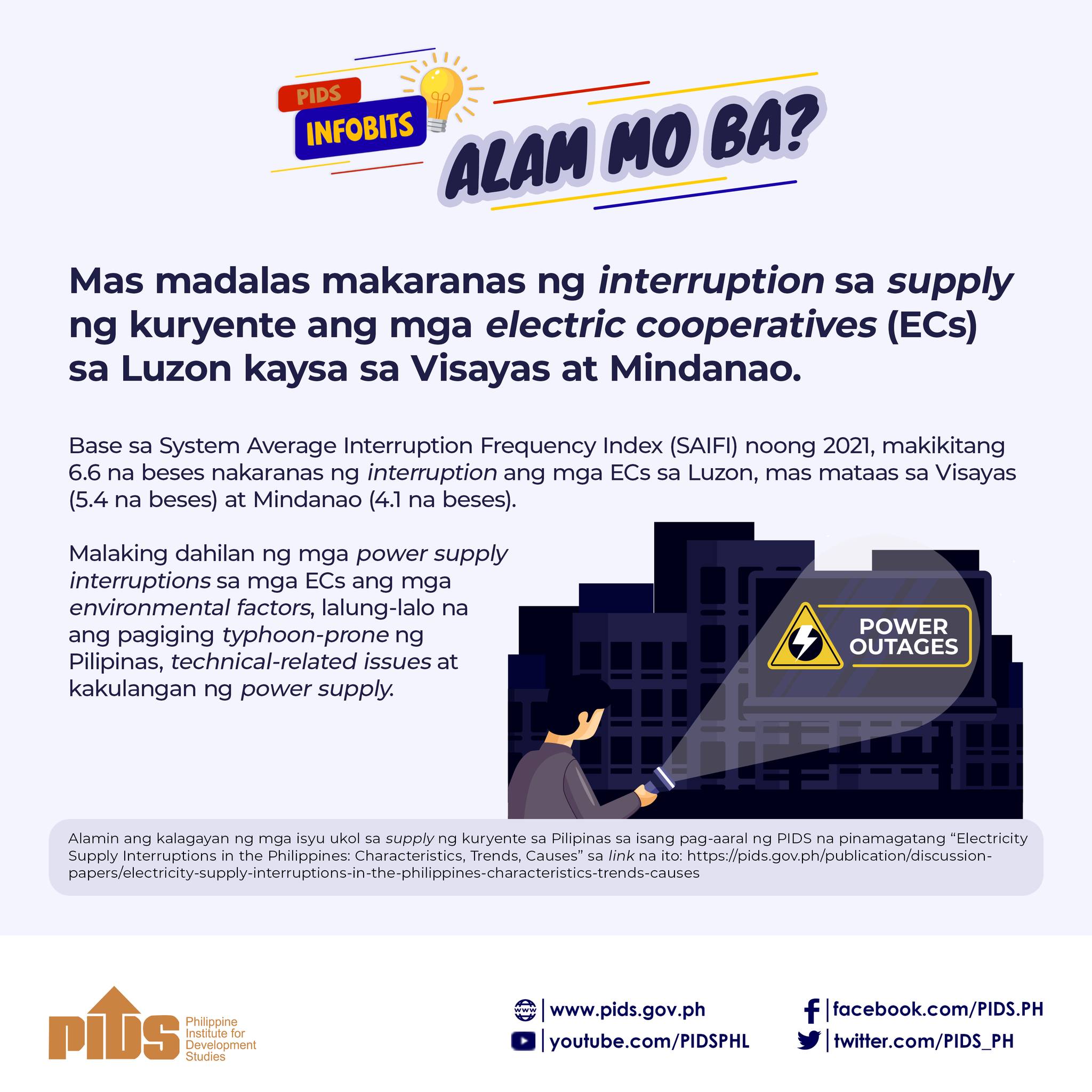THE FOCUS right now is on the low supply and slow rollout of vaccines against COVID-19. But let’s not forget the bigger picture. Actually, we have long had a problem on the supply and rollout of vaccines for many kinds of diseases, such as rabies for example. These supply issues are causing a decline in many disease immunization coverages.
Repeat: The decline in the country’s immunization coverage (not just for COVID-19) is largely due to recurring issues in the supply side of the government’s immunization program. While demand factors like vaccine confidence have contributed to the decrease in the immunization coverage (remember Dengvaxia?), these do not entirely explain the fluctuations in the past decade.
Supply factors contributed to the problem. Vaccine stockouts in the country can be partly attributed to the failure in local bidding. In 2013 to 2015, for example, according to a study of the Philippine Institute for Development Studies, there was a persistent stockout in pentavalent (a 5-in-1 vaccine protecting against diphtheria, tetanus, whooping cough, hepatitis B and Haemophilus influenzae type) because of failed local bidding. We have difficulty maintaining stocks of pentavalent vaccine and those for polio, measles, and hepatitis B.
The Department of Health (DOH) has been procuring vaccines from local manufacturers as part of the government’s long-term effort to achieve vaccine independence. This, however, has contributed to national stockouts due to procurement issues. It takes one year to complete the procurement process for vaccines and other supplies. More than half of all awarded bids for vaccines take more than 106 days and the bottlenecks are on the notice of award, post qualifications, and contract signing.
Another issue is the DOH’s lack of storage for vaccine stocks. In terms of national storage and distribution, the DOH has limited capacity to accommodate vaccine supplies. The Research Institute for Tropical Medicine] can only accommodate around a three-month supply of all these basic vaccines. Ideally, you would have a buffer stock for three to six months but this is not possible with the limited space.
Yes, there’s also the lack of an organized system in the distribution of vaccines in local government units, lack of investment in service delivery channels, lack of an electronic monitoring system for the proper inventory of vaccines and supplies in local health facilities, and the limited collaboration between the government and private sector.
The National Immunization Program NIP must take steps to address these issues.
Further, we must continuously engage with medical societies, nongovernment organizations, the private sector, other national government agencies, local government units, and other stakeholders using a whole-of-society, whole-of-government, whole-of-system approach to ensure that eligible populations are vaccinated.












